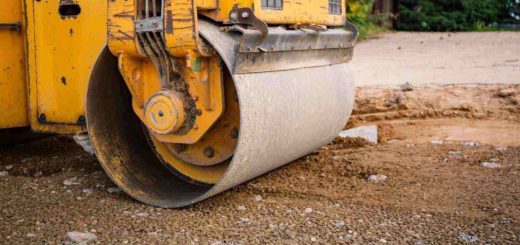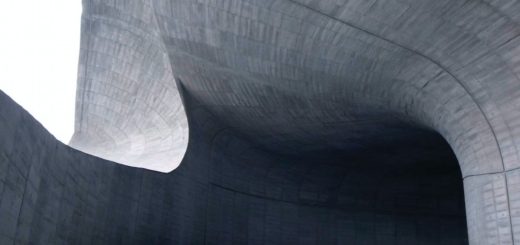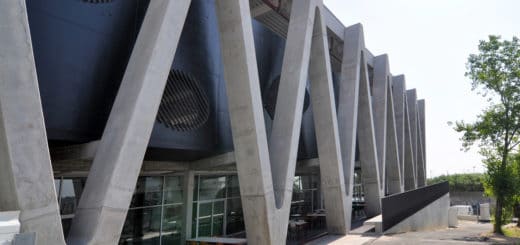Concrete Column Forms [Design & Construction]
Concrete column forms are developed from simple shuttering systems to more complicated systems that are using modern construction. It saves time and money.
Formwork of beams, slabs and columns must exist to place the concrete. No concrete can be poured without a properly designed formwork system. Formwork is the supporting arrangement of the immature concrete until it gets set.
Concrete column forms can be made with different materials such as plywood, steel plates, timber, etc. Most commonly, plywood is used for column formwork as it is readily available for a reasonable cost.
However, depending on the type of construction, other materials are also being used as concrete column formwork.
For example, steel is commonly used as system formwork when it can be used repetitively. Especially in the construction of highrise buildings, the use of prefabricated formwork will save the time and cost of the construction by different means.

Further, the selection of the materials for formwork will depend on the dimensions of the columns. Due to the increase of the column dimensions, it eventually increases the heat of hydration.
In addition, dimensions of the columns are larger when the axial load is higher. In such cases, a higher grade of concrete will also be used.
As a measure to reduce the heat gradient and to reduce the heat loss, formwork materials having less thermal conductivity are used.
Mockup tests are done to find the variation of the temperature when the dimensions of the structural elements are larger.
Depending on the project specification of the project, temperature gradient, maximum temperature different and maximum core temperature is checked.
Generally, the maximum temperature at the core could limit to 700C, temperature gradient (loss of temperature per meter length) could limit to 200C and the maximum temperature difference between the core and the surface could limit to 250C.
The selection of the formwork is also one of the important aspects of this test. The type of material used as formwork in the test will be used for construction if it satisfies the other constraints discussed in this paragraph.
The design of concrete column forms shall be done when the height of the concrete pour is reasonably higher. The design could be done based on the guidelines provided in different standards. There are a few important steps to be followed in fixing the formwork.
- Make the setting out and mark the edges of the formwork on the floor or on the foundation. Then start fixing the formwork.
- Once all set, check the formwork for its vertical alignment. This could be done with the help of the effect marked on the floor. Further, the condition of the supports shall also be checked.
- Formwork shall also be checked immediately after pouring the concrete to make sure it is vertical.
Formwork plays a major role in the curing of concrete. There is no requirement if the concrete is covered with formwork.
The article formwork in Wikipedia provides much information about formworks.



